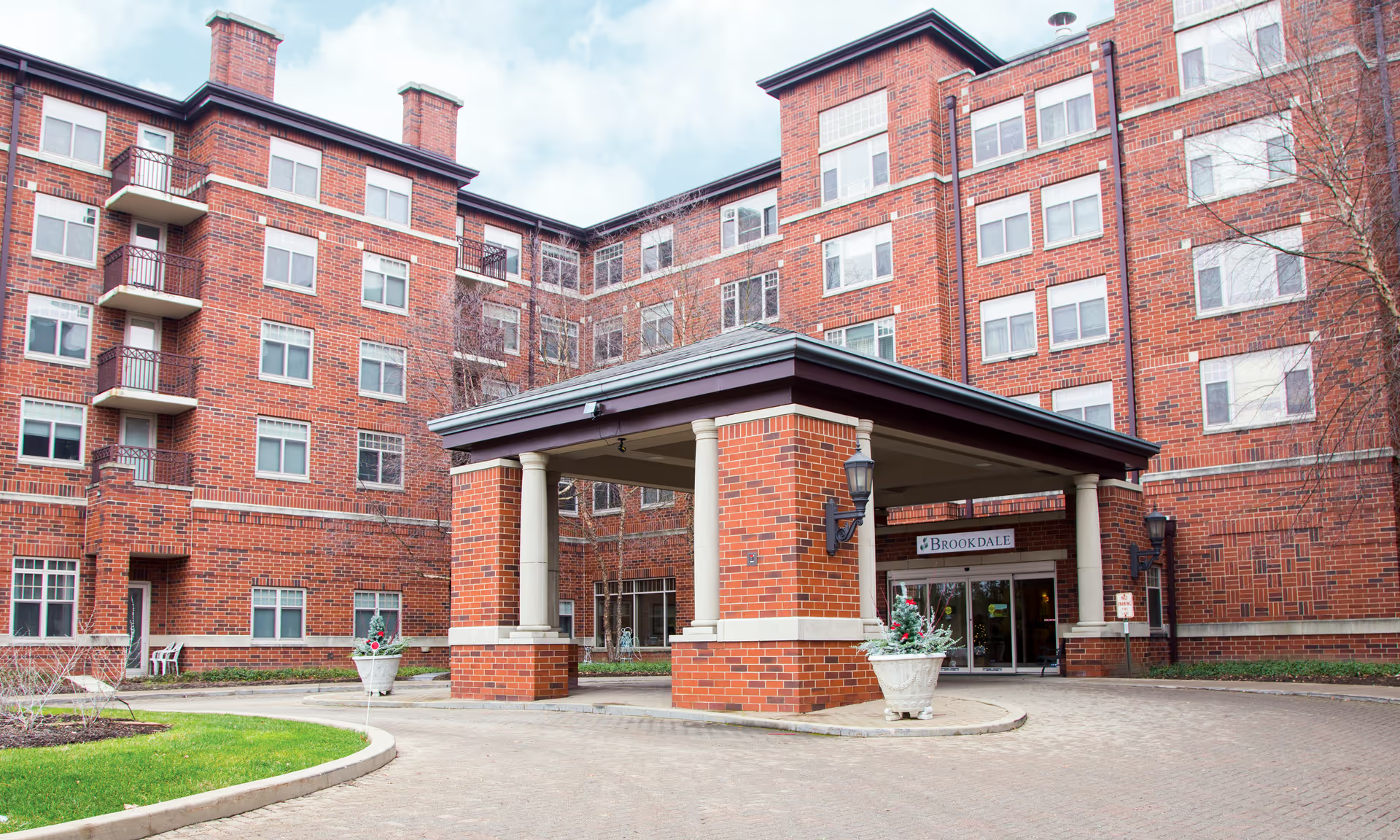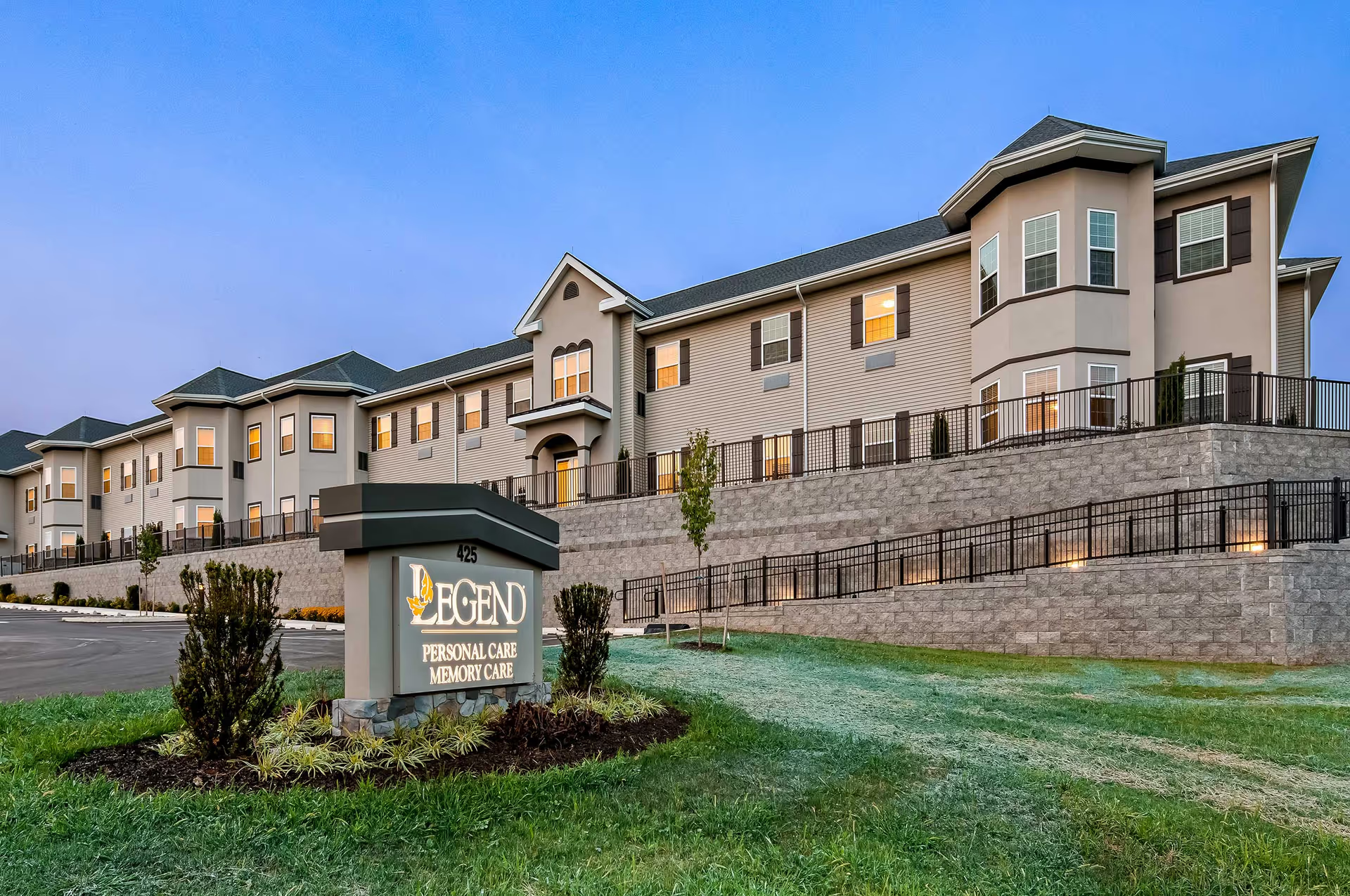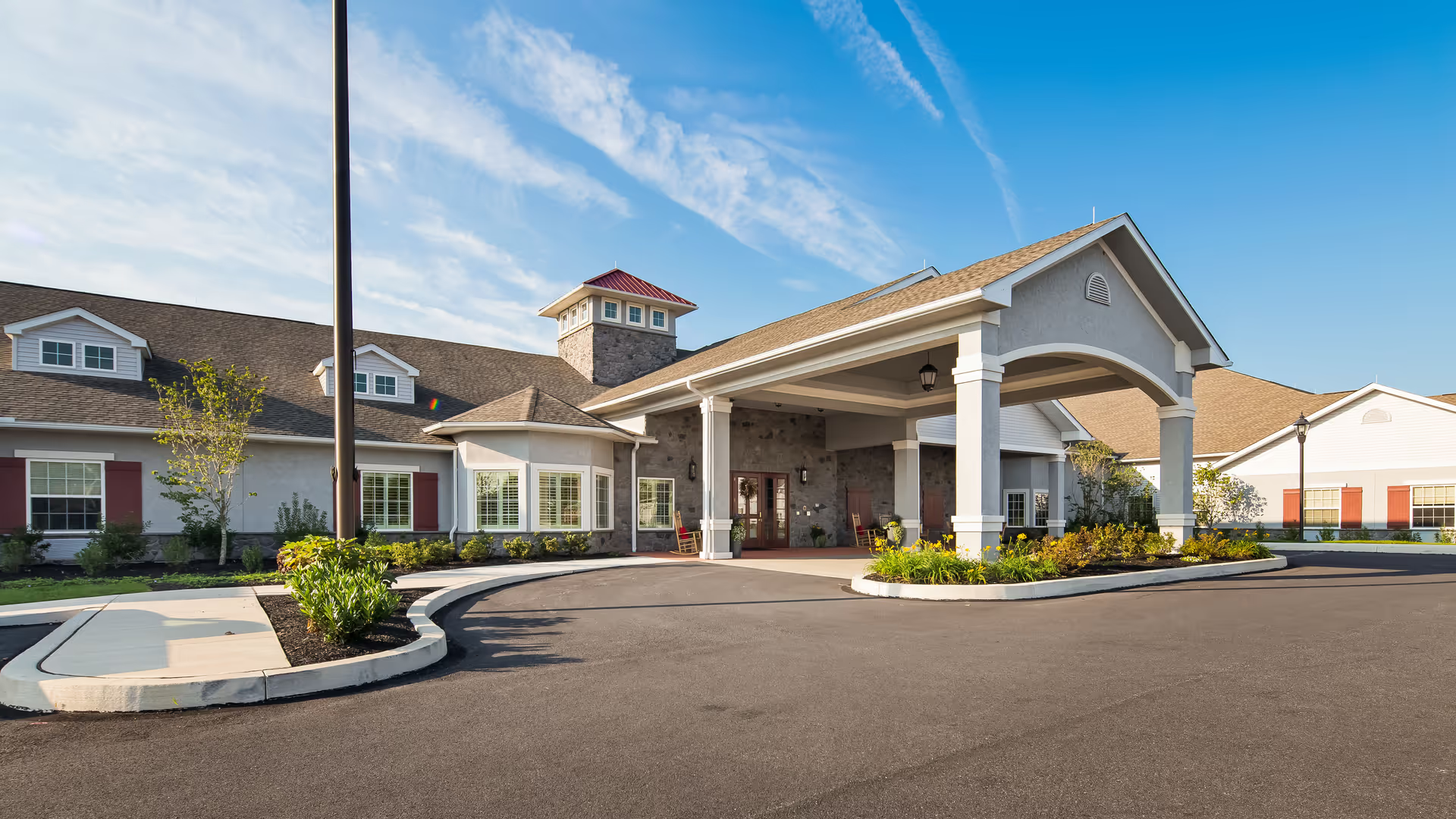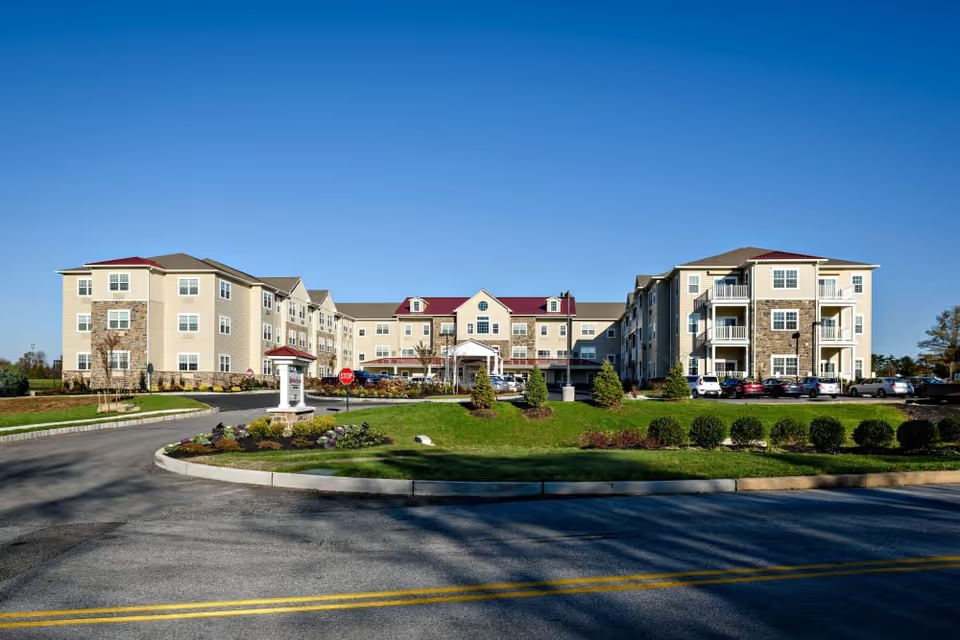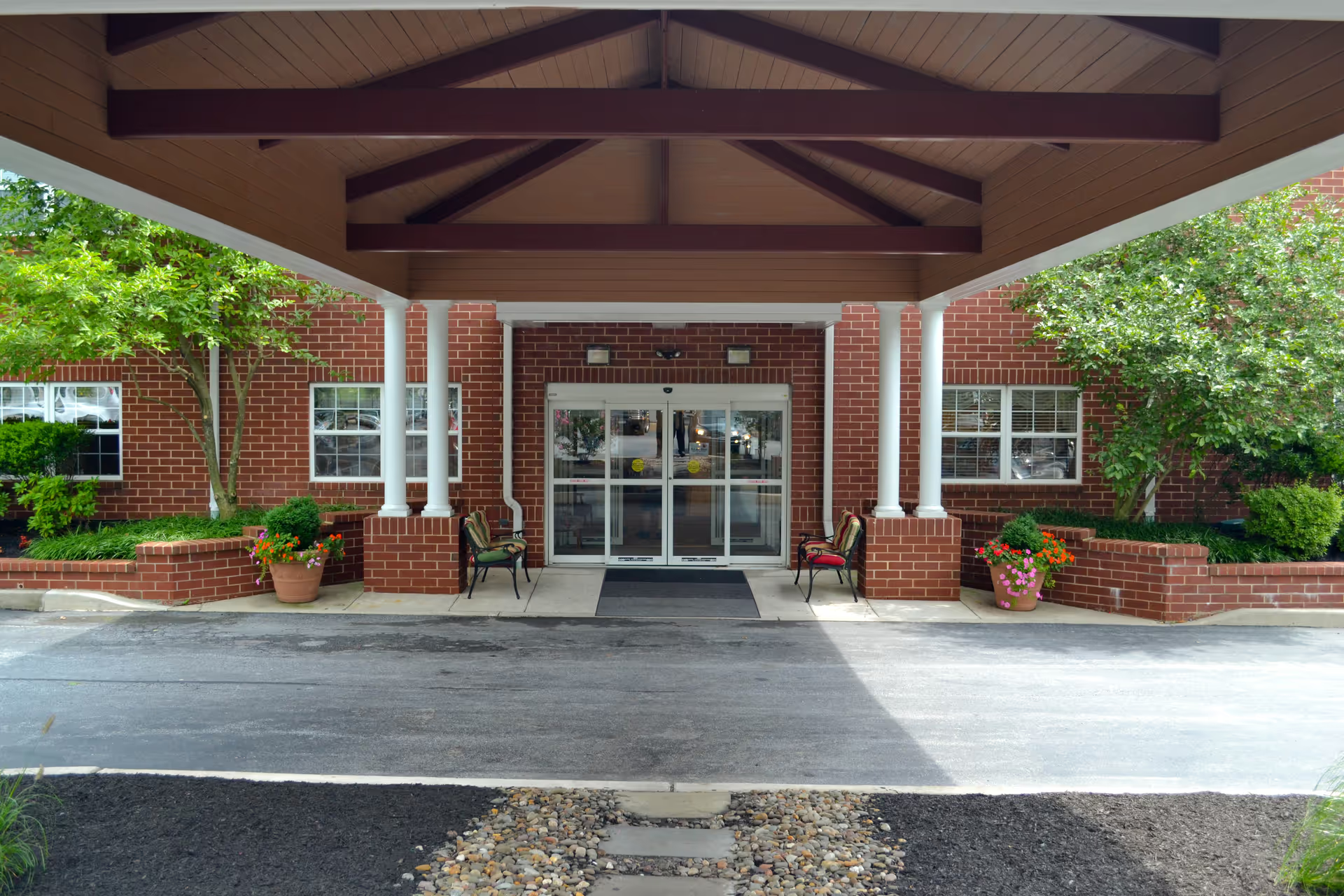Overall sentiment in the reviews is highly mixed and polarized, with a strong split between families describing exceptional, compassionate care and others describing serious lapses in safety, management, and basic services. Many reviewers praise individual staff members, the Memory Care neighborhood, and the facility aesthetics, while others raise alarms about understaffing, medication handling, laundry issues, and corporate management behavior. The pattern suggests that experiences vary significantly depending on timing, specific staff on duty, and which unit or neighborhood a resident is in.
Care quality and staff performance emerge as the single most frequently discussed topics and are characterized by extremes. A substantial number of reviews highlight caring, attentive, and friendly caregivers who treat residents like family, an activities director who actively engages residents, and local administrators who are visible and responsive. Several reviewers named specific staff and administrators as exemplary, describing them as going above and beyond, creating a family atmosphere, and making tours informative and welcoming. Memory Care receives consistently strong praise: reviewers call it fantastic, well staffed, locked for safety, with large rooms and good staff expertise in Alzheimer’s care.
Conversely, an almost equal set of reviewers report serious concerns about staffing levels, staff turnover, and neglect. Reports include delayed responses to call lights, long waits for assistance including restroom assistance, delayed or missed medications, and examples of unprofessional staff behavior such as yelling. Multiple reviews describe weekends or after 4:00 PM periods when the building feels like a ghost town and leadership coverage is lacking. These staffing and supervision shortfalls are linked by reviewers to painful outcomes (bruises, broken bones cited by some) and to inconsistent day-to-day resident attention.
Facilities and environment are also described in mixed terms. Many reviewers praise the building as beautiful, tastefully decorated, cozy, and home-like with thoughtful communal spaces and hobby areas. Memory Care rooms are called large and attractive, and private showers are noted. Other reviewers describe an older building undergoing refurbishment, rooms smaller than in prior residences, and significant lapses in cleanliness when housekeeping is not consistent. Several reviewers explicitly contrast occasions when the facility is ‘‘very clean’’ with other times when cleanliness is rare, suggesting that housekeeping quality is variable.
Dining and daily living services show similar variability. Some families praise a healthy, varied menu and considerate alternatives, calling food good and appetizing. Others describe poor meals, an over-reliance on sandwiches or reheated food, and unmet guidelines for hot meals. Laundry and personal care are repeatedly cited as trouble points by multiple reviewers: clothes returned dirty or with old food, missing items, and damage caused by haphazard washing. These issues contribute to perceptions of neglect for residents’ dignity and day-to-day needs.
Management, communication, and organizational issues are recurring themes. Several reviews commend specific local leaders and on-site management for being engaged, supportive of staff, and responsive to families. Yet many other reviewers report unresponsive corporate management, perceived money-focused decision-making, and problematic practices such as delayed contractor payments and alleged retaliation against family members who complain. Communication problems include slow responses to family inquiries, lack of notification about medical issues, and complaints about billing or contractual clarity. The facility’s pricing model is cited as a positive by some reviewers who appreciate an all-inclusive rate without nickel-and-dime fees, but this is not enough to offset broader management concerns for others.
Safety and clinical oversight are a notable area of concern. Multiple reviewers report there are no registered nurses on staff, crowded medication rooms, medication delays, and at least one instance of delayed pain medication. These clinical and medication management concerns are serious and were emphasized by reviewers who experienced or observed negative medical outcomes. Some reviewers also mention an absence of surveillance cameras, which they view as a lack of protection for both staff and residents. At the same time, other reviewers mention a doctor being on staff and good clinical attention in certain cases, which reinforces the impression of highly variable clinical coverage.
Activities, social programming, and family engagement are generally viewed positively. The activities director is frequently singled out as excellent and resident engagement is encouraged; families report many events and social opportunities, and some say residents are active and happy. The facility maintains a Facebook presence used for family updates and event information. A few reviewers say more encouragement is needed to increase resident participation, but overall programming appears to be a strong point for many residents.
In summary, The Elms of Lynchburg elicits both high praise and serious criticism. Strengths include a warm, home-like environment when staffing and housekeeping are adequate; a highly regarded Memory Care neighborhood; individual staff and leaders who are deeply appreciated; active programming and an attractive facility. Recurrent and significant concerns center on inconsistent cleanliness, understaffing and high turnover, medication and clinical oversight problems, laundry and lost-item issues, unprofessional behavior or retaliatory management practices, and variable communication from corporate administration. Prospective residents and families should weigh these polarized reports carefully: visit at multiple times (including evenings and weekends), ask specifically about RN coverage and medication protocols, get clarity on housekeeping and laundry procedures, probe staffing ratios and turnover, ask for references from current families in the specific unit being considered, and verify contractual billing and contractor payment practices. These steps will help assess whether the strong positive experiences described by many reviewers are likely to apply in a given admission, or whether the negative patterns reported by others might pose material risks.

